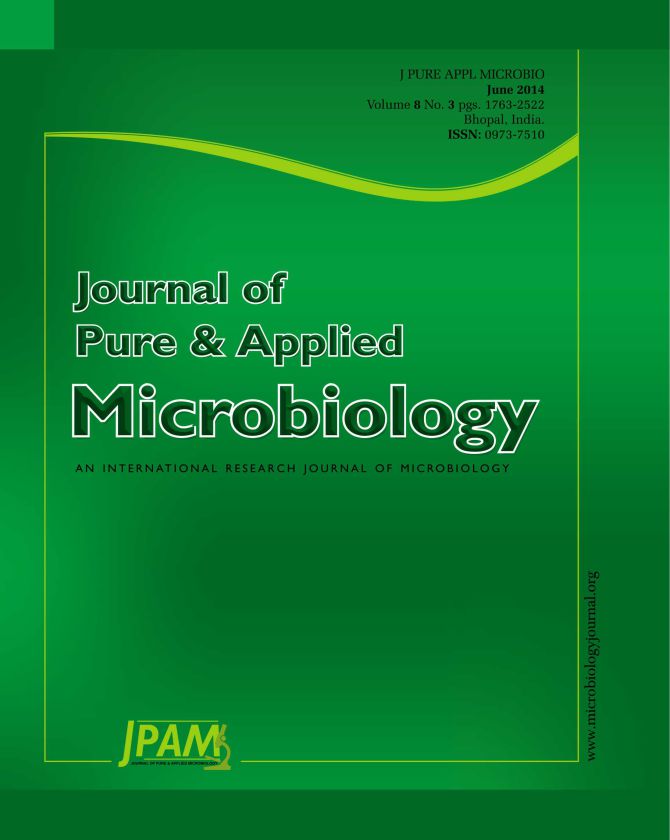The Aspergillus niger strain GSICC 60108 was subjected to mutation involving irradiation with an electron beam and subsequently with a 12C6+-ion beam. Successive mutants showed clearance zone on the cellulose-Congo red medium, 2-fold increase of the soluble protein production and multi-fold enhancement of cellulase activities. The characteristics of cellulases in the conditions of this solid-state fermentation were evaluated, and the optimum temperature, pH and culture time for maximum cellulase production by the selected mutant were 30 °C, 4.5 and 5 days. We obtained significantly higher hydrolysis yield of sawdust using the improved cellulases (60.1%) than that using parent cellulases (26.3%). Furthermore, sequence determination of the celllase gene revealed some mutation sites existed, suggesting that some amino acid changes in the protein caused by base mutations could lead to the enhanced cellulase activity and production. These results suggested that the compound mutagenesis with electron and 12C6+-ion beams could be developed as a convenient and effective tool for breeding high-yield strains of cellulase producing.
Aspergillus niger; Electron and 12C6+-ion beams; Cellulase; Mutation
© The Author(s) 2014. Open Access. This article is distributed under the terms of the Creative Commons Attribution 4.0 International License which permits unrestricted use, sharing, distribution, and reproduction in any medium, provided you give appropriate credit to the original author(s) and the source, provide a link to the Creative Commons license, and indicate if changes were made.


